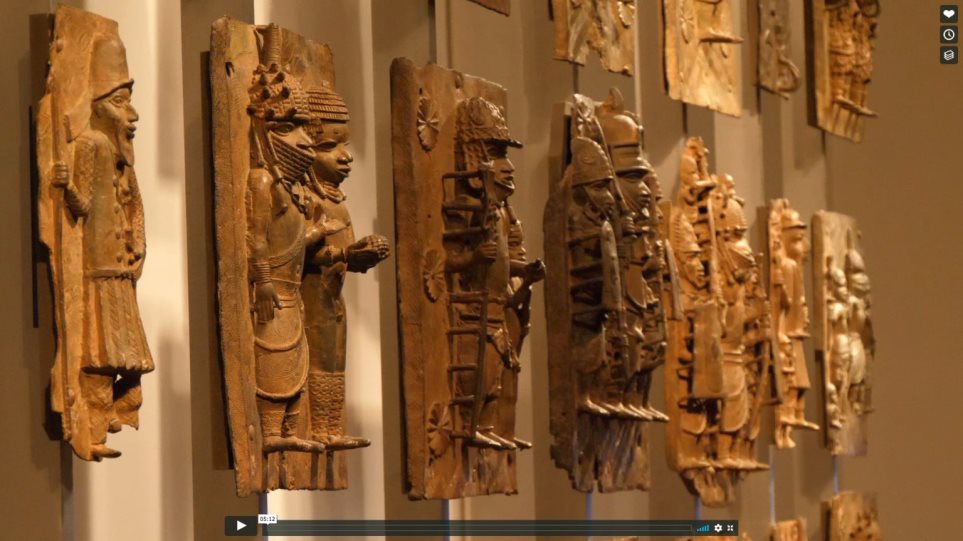Man-like beasts appear in myths and legends of cultures around the globe. The best known ‘wild man’ phenomena of today is the Sasquatch or Big Foot of North America, but there are other legends such as the Yeti (Abominable Snowman), said to live in the wilds of the Himalayan mountains. There are many lesser known wild humanoid cryptids; the Orang Pendek, which is said to said to live in the remote forests on the island of Sumatra in western Indonesia, Almas in Mongolian folklore, the Bukit Timah Monkey Man, or the Yeh Ren Man-Monkey which is a legendary Chinese relative of Big Foot.
The legend of Big Foot and other wild men seems like a modern concept. The controversial and hotly debated Patterson film reportedly shows footage of a live Big Foot taken in Orleans, California in the autumn of 1967. The widespread attention the film received brought the concept of Big Foot into the public domain and into modern popular culture with movies and TV shows such as Harry and the Hendersons inspired by the hairy humanoid caught on the tape.
But these legends of wild men are not just a global phenomenon – they are an ancient one. Many of these myths have prevailed for hundreds of years, being passed on from generation to generation as people swear to have seen evidence of the humanoids themselves.
The Wild Man Enkidu in Ancient Mesopotamia
The earliest surviving mention of a wild man is the Enkidu (Enki’s creation) in the Epic of Gilgamesh, written more than 4,000 years ago in Mesopotamia.
Enkidu is a central figure in the epic, in which he is described as an uncivilized savage who was raised by animals and lived with herds and game in the wild. He is the embodiment of the natural world and is the opposite of the cultured and eloquent hero Gilgamesh.
Read more: Ancient Origins







































